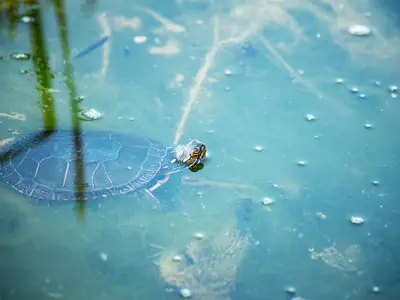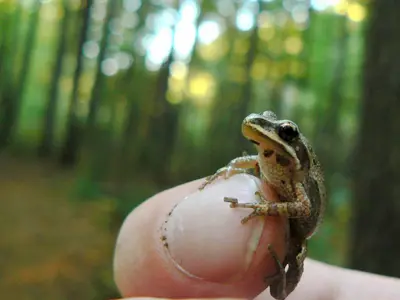Community Wildlife Monitoring Program

Do you live near a wetland? Do you enjoy watching birds or listening for frogs? Do you live in the Bay of Quinte watershed? If the answer is yes, then the Bay of Quinte Remedial Action Plan (BQRAP) and QC can use your help this spring in monitoring certain species of wildlife. The programs are fun and need very little time out of the season. Volunteers can even pick and choose the program of their choice. The BQRAP Restoration Council introduced the Community Wildlife Monitoring Program in 2001 to track the Bay of Quinte's health.
Certain species of animals are on the decline in North America. We want to know what's happening here in the Quinte area. Volunteers don't need to be experts in identity. We offer training workshops along with training tapes to assist volunteers.

Marsh Monitoring Program
The Marsh Monitoring Program is a unique and rewarding chance to help conserve wetlands. This is one of North America's most threatened ecosystems. There are two components to this program: bird monitoring and amphibian monitoring. Volunteers can take part in either or both. Survey data gathered in spring and summer helps track long-term trends in species diversity. It also guides wetland conservation programs. Marsh bird monitoring takes place between May and July. The amphibian monitoring takes place between April and late June. More details on the Marsh Monitoring Program can be found on the Bird Studies Canada website.
Contact Quinte Conservation for more information on this volunteer opportunity. A training session is provided.
FrogWatch
The FrogWatch Program is a good entry-level citizen science program and suited to people of all ages. This program can be done in a backyard or at a cottage.
From late April to July, volunteers listen for frog calls for three minutes, two times a week at dusk. Volunteers can then submit their data online at the FrogWatch website. The website also has recordings of local frog calls to help identify the frogs they are hearing.

